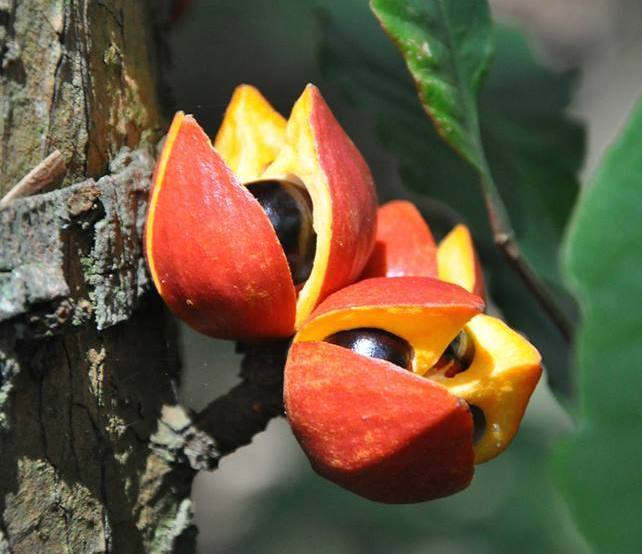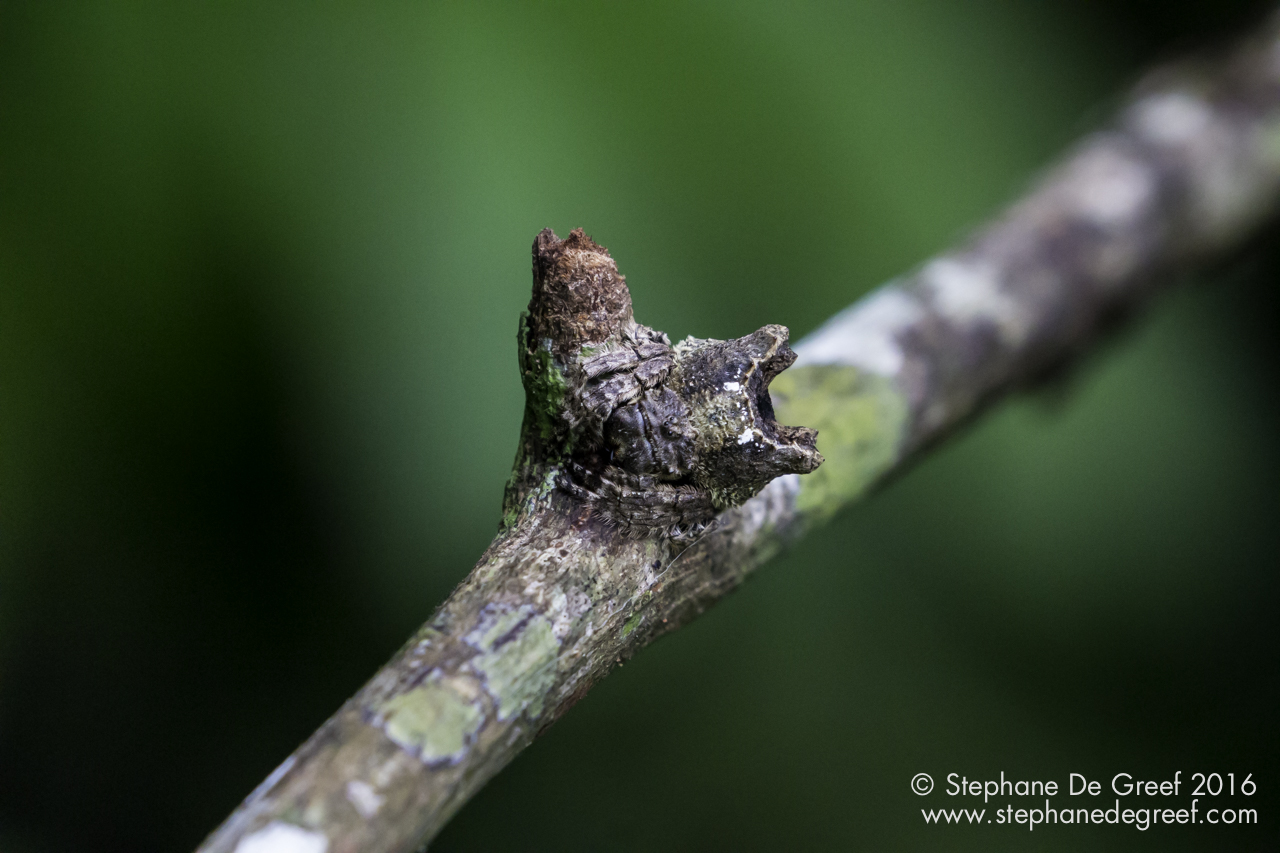In the small Southeast Asian nation of Cambodia, a long history of conflict, widespread contamination of the countryside with landmines, and the loss of a generation of scientists under the brutal Khmer Rouge regime of the 1970s has stunted scientific research into the country’s wildlife for half a century.
But over the past three years, a social media group set up by a pair of nature enthusiasts wanting to share their encounters with the country’s wilderness has mushroomed into a dynamic online community of “citizen scientists” that has provided experts with insights into the distribution of some of the country’s native species and become a portal through which members of the public have witnessed newly-discovered species for the first time.
Videos by VICE
In January, the Royal Belgian Institute of Natural Sciences reported that a dozen citizen scientists recruited through the group helped its experts document 17 species of lanternfly in the country, including 12 never previously seen in Cambodia, and four that have still only been witnessed by the amateur enthusiasts.
British photographer Tori Green said the idea for the Facebook group “Natural Cambodia” first emerged in March 2013 when she and her French neighbour Christophe Guenole discovered their mutual passion for nature during a conversation in their shared garden in the northern city of Siem Reap.

An unidentified fruit/nut parasite. Image: Tori Green
Over the previous two years, Green said she had struggled to build her knowledge of the country’s plant life, having arrived with an expert knowledge of the flora back in England, where she worked cataloguing flowers.
“I had to start all over again, with no book resources to refer to,” she said. “The idea of the Facebook group and taking advantage of an international network of specialists went from one strength to another incredibly quickly.”
“It’s an active community made of thousands of people …. from everyday people keen to learn more about nature to top-notch scientists able to identify rare species and describe new ones”
Within two months, the pair were joined as admins by Belgian biologist Stephane De Greef, an expert on reptiles and insects who leads guided tours around the world-famous Angkor Archaeological Park. By the end of the year, Cambodian ornithologist Senglim Suy had been added as an admin, completing the four-person team now running the group.
The group sees members post picture of animals and plants they have encountered throughout the country, sometimes to share a creature rarely witnessed, but often to consult other members on their exact identities. It has also become a platform on which people publicize acts of animal cruelty or wildlife trafficking, and has spawned a dedicated Facebook page for reporting such crimes.
Today, De Greef is perhaps the most prominent figure in the group, quickly responding to questions that come from the more than 6,500 members and bringing wildlife photos that have been shared but not yet identified to the attention of one of the many specialists among the ranks.
“It’s an active community made of thousands of people with various levels of knowledge and experience, from everyday people keen to learn more about nature to top-notch scientists able to identify rare species and describe new ones,” he said.

There’s a spider in this picture. Image: Stéphane De Greef
De Greef said it has become an invaluable tool for him to deepen his knowledge of species through discussions with experts, while he has also been able to educate others about harmless creatures that people are sometimes scared of, such as many of the country’s snakes.
A number of new species have been discovered through the group, with De Greef saying the most commonly discovered species are invertebrates. “They represent up to 80 percent of animals in Cambodia, but very few people actually study them,” he said.
De Greef has personally used the group to document blue ants and an emerald wasp that are currently going through the identification process in order to be officially listed as new species. He has also displayed photos of a big-headed spider with “mind-blowing camouflage” that is potentially a new species.
Green said the group is not always able to find answers, and she is still unable to identify a trunk-growing fruit/nut parasite she encountered in the Cardamom mountains in 2011. “Natural Cambodia is stronger with fauna than flora,” she said. “We need further flora experts to help us.”
But the group has been so successful at drawing image submissions that they are now hoping to raise funding to employ someone on a six-month contract to catalogue and record all of the submitted pictures they have yet been unable to process—presenting the prospect that they could already be in possession of evidence of even more new species.
Meanwhile, at a time when Cambodia’s wilderness is coming under increasing pressure from urban development and agro-industry, and logging drives one of the fastest rates of deforestation on the planet, De Greef said he hopes the group can help open as many eyes as possible to the country’s incredible wealth of nature before it is lost forever.
“There are more and more Cambodian biologists trained by the local universities and more research conducted,” he said. “Until you get to know and love something, there’s no real incentive to protect it.”
More
From VICE
-

Christoph Wagner/Getty Images -

(Photo via Eduardo Tchao / Instagram) -

Savannah Sly, dominatrix and co-founder of sex-worker vote mobilization group, EPA United. -

Members of the Raid, the special unit of the French police. Photo: Denis CHARLET / AFP
